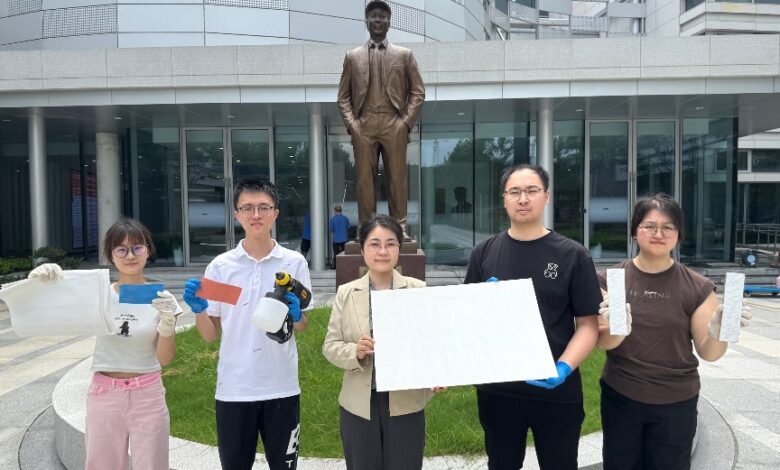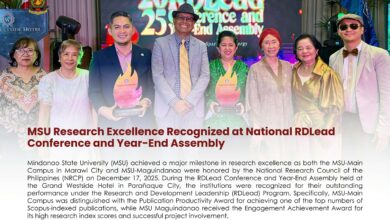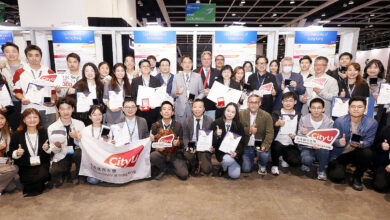AI-Driven Innovations in Thermal Metamaterials at Shanghai Jiao Tong University

A research team from Shanghai Jiao Tong University has reported notable advancements in the field of thermal metamaterials, as documented in a recent publication in *Nature*. These metamaterials, which exhibit engineered properties, have applications across various sectors, including imaging, communications, and aerospace. Specifically, thermal radiative metamaterials possess the ability to emit excess heat into the environment, functioning similarly to “cooling garments” that help regulate temperatures.
Challenges in Traditional Design
Traditionally, the design of effective thermal radiative metamaterials has been challenging, often characterized by time-intensive and laborious methodologies. The complexity of the materials’ microstructures necessitates consideration of numerous parameter combinations, typically resulting in a trial-and-error approach likened to navigating through a maze in darkness.
The Role of Artificial Intelligence
The integration of artificial intelligence (AI) has initiated a significant transformation in this area. The research team at Shanghai Jiao Tong University introduced an innovative AI-driven inverse design model capable of swiftly producing high-quality candidates for thermal radiative metamaterials in a study published on July 2, 2025. This advancement allows researchers to surpass conventional design restrictions and mass-produce functional structures optimized for enhanced performance.
Three-Plane Modeling Technique
The study highlights the use of natural three-dimensional (3D) structures found in various organisms, leading to the development of a “three-plane modeling” technique. This method enables precise geometric representations necessary for creating a comprehensive dataset of complex architectures. The AI model efficiently generates multiple design solutions tailored to specific thermal emission characteristics by integrating these structures with diverse material systems.
Experimental Validation and Results
The AI model’s experimental validation included the design of seven distinct types of thermal radiative metamaterials for targeted uses. Tests indicated exceptional passive cooling performance, pointing to significant energy-saving potential in building materials and urban applications. For example, one material exhibited a surface temperature reduction of 5.9 °C compared to its surroundings when exposed to midday conditions.
Feasibility for Large-Scale Manufacturing
These findings not only demonstrate the model’s efficiency in creating novel materials but also its feasibility for large-scale manufacturing. The dual-band selective metamaterials developed can be produced at room temperature using straightforward processes, making them applicable to various surfaces, including brick and plastic. This accessibility positions the innovation as a potential solution to improve energy efficiency in buildings and address urban heat issues.
Interdisciplinary Collaboration
The multidisciplinary research team was led by Professor Han Zhou from the State Key Laboratory of Metal Matrix Composites at Shanghai Jiao Tong University, collaborating with experts from the National University of Singapore and The University of Texas at Austin. The project received backing from several funding bodies, including the National Natural Science Foundation of China and the Shanghai Science and Technology Development Fund.
Conclusion
This comprehensive study illustrates the transformative potential of AI in material design, potentially advancing more sustainable cooling solutions for urban environments and beyond.
For further details, the full article is accessible at *Nature*.




